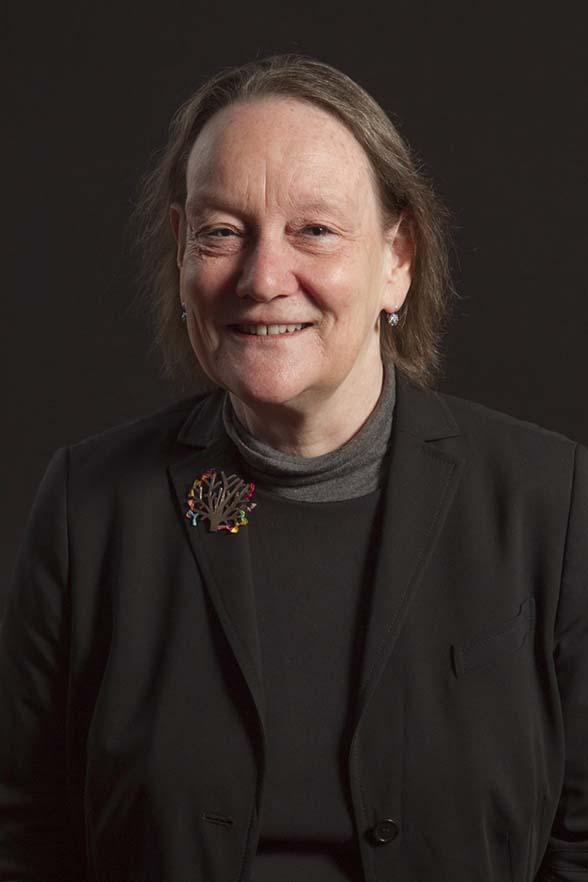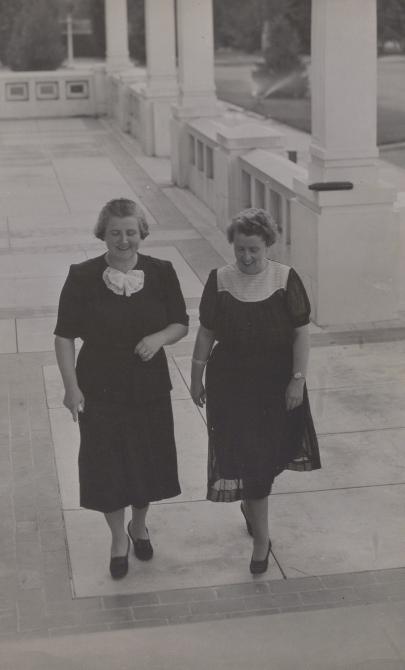Jane Connors - International lawyer

Lannon Harley, Photograph of Jane Connors, 2014
Lannon Harley, Photograph of Jane Connors, 2014
Jane Connors - Awareness of issues affecting women
After studying law and arts at the Australian National University in Canberra, she taught at the Canberra College of Advanced Education (now University of Canberra) before travelling to England, United Kingdom. There, she taught at the Universities of Nottingham and Lancaster, and at the University of London's School of Oriental and African Studies.
Jane Connors - Commonwealth Secretariat to the world conference on women
In 1985 she was part of the Commonwealth Secretariat Delegation at the World Conference on Women in Nairobi, Kenya. The focus was on violence against women. In 1987, to mark the UN Decade for Women, Connors wrote a manual which aimed to help women in Commonwealth nations to deal with sexual abuse, sexual harassment and domestic violence.
Jane Connors - Involvement in CEDAW
She worked too on the Optional Protocol to the Convention on the Elimination of all forms of Discrimination Against Women (CEDAW). During this period, she married and had two daughters. In 1992 she wrote a report for the Australian Government on CEDAW.
Jane Connors - Drafting the optional protocol To CEDAW
Drawn to the UN, in 1996 Connors was appointed Chief of the Women's Rights Section in the Division for the Advancement of Women in the Department of Economic and Social Affairs, UN. In 2009 she became Chief of the Special Procedures Branch of the Office of the High Commissioner for Human Rights; she was also later Director of the Research and Right to Development Division. Connors retired from the UN in March 2015, but was later appointed Victims Rights Advocate for the UN in 2017.
Her commitment to international human rights continues with her role as International Advocacy Director Law and Policy for Amnesty International based in Geneva, Switzerland. She regularly teaches at universities around the globe, including at the London School of Economics where she is Visiting Professor in Practice.
Jane Connors - Work as Public Service
Jane Connors was interviewed by Kim Rubenstein for the Trailblazing Women and the Law Oral History Project. The interview is accessible and can be listened to via the Library's Catalogue.
Learning activities
Activity 1: About the United Nations
Using the interactive map, explore the status of ratification of the 18 International Human Rights Treaties by country.
- What does it mean if a nation has not ratified a treaty?
Activity 2: Diversity in the United Nations
The United Nations is diverse in its aims and work.
- Using the ‘Our Work’ page on the United Nations website, explore the wider work of the United Nations.
- Explore the United Nations Committee on the Elimination of Discrimination against Women (CEDAW)
Activity 3: Rights and recognition
Review resources:
- Australian Women Lawyers as Active Citizens
- Australian Women’s Register
- Australian Dictionary of Biography
Explore other Australian women who have worked to improve the rights and recognition of refugees, women and the rights and recognition of Australian Aboriginal and Torres Strait Islander communities.
Activity 4: Domestic and international
How did/do their professional lives operate in a domestic Australian context and how much of their professional life operates in an international context? See The International Stage: Australian women lawyers as active citizens.
Activity 5: Active citizenship
What does it mean to be an active citizen? See Australian Women Lawyers as Active Citizens.



